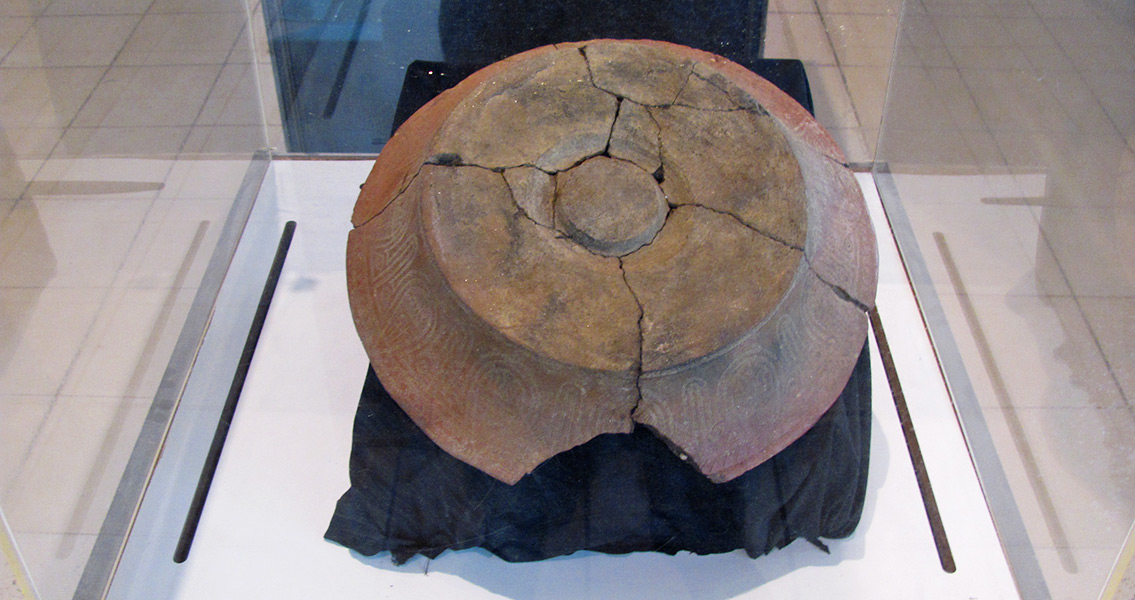<![CDATA[Archaeologists have found, surprisingly enough in one of the most remote locations in the inhospitable highlands of Papua New Guiney, remains of what could easily be the oldest known pottery ever to be found in the South Pacific nation. The nearly twenty different shards of pottery finished in a glossy red glaze, complete with designs cut into their surface, are thought to be at least 3,000 years old. This is several centuries older than the current record holder when it comes to potsherds found in New Guinea. The shards were discovered in a region far from the coast at a location where seafaring cultures known to make pottery, such as the Lapita, had regular contact with locals, according to the Australian National University’s Dr. Tim Denham. In a press release, the archaeologist said that the find is a prime example of how new technologies spread across adjacent cultures – in this case, highlanders were likely inspired to attempt to make pottery of their own after some outside examples made their way into the highlands. The potsherds discovered at the archaeological dig site were a mix of both Lapita-made pottery and those made locally, lending credence to the theory that local highlanders created their own pottery patterned after the imported versions that so obviously interested them. The new discovery is likely to aid archaeologists in tracing back how techniques for making pottery spread through the Pacific from southeast Asia. This should provide broader insight into how new technologies and techniques spread through early civilizations before the advent of more modern, reliable, and quick communication methods. Dr. Denham, who is from the School of Archaeology and Anthropology from the ANU, collaborated with a team from New Zealand’s Otago University to determine more precise dates for the large selection of potsherds discovered in the Madang Province of Papua New Guinea. Specifically, the pottery shards were found in the Bismark Range at the Wañelek archaeological site. The Otago University’s Dylan Gaffney, the leader of the research study, says that the findings overturn the preconceived notion that the Lapita and other Austronesian people didn’t interact with the inland populations of New Guinea and instead simply skirted the coast instead. Dr. Denham agreed, adding that he found it quite interesting that not only has the date of antiquity in the region been pushed back by several centuries, it has happened in a region where you would have least expected it to have occurred. Human history, according to Dr. Denham, is obviously not always subject to smooth, linear progression, as pottery making was for the most part abandoned at some currently unknown later date across the New Guinea highlands for some unknown reason. For more information: www.journals.plos.org Image courtesy of Wikimedia Commons user: Tordenbrinker ]]>
Oldest Known Pottery from Papua New Guinea Unearthed
